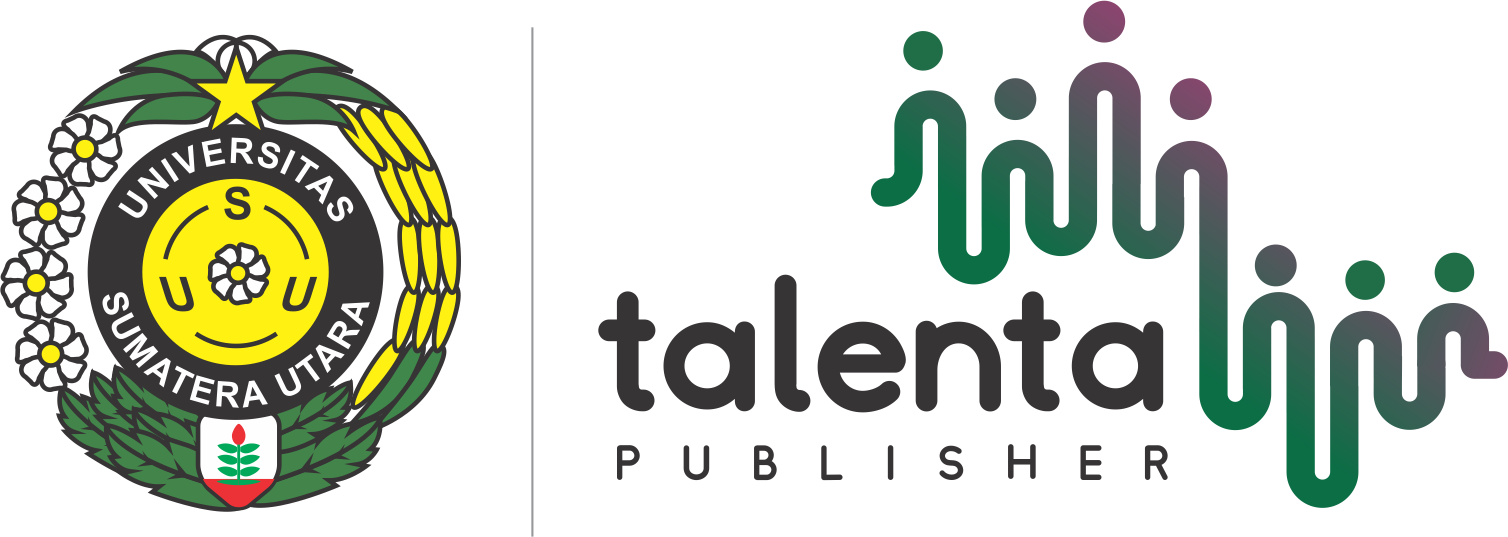Optimasi Pelayanan Sertifikasi pada Supply Chain Lembaga Sertifikasi Halal
Optimization of Certification Services at Halal Supply Institutions Supply Chain
| Authors | ||
| Issue | Vol 2 No 4 (2019): Talenta Conference Series: Energy and Engineering (EE) | |
| Section | Articles | |
| Section |
Copyright (c) 2019 TALENTA Publisher  This work is licensed under a Creative Commons Attribution-NoDerivatives 4.0 International License. |
|
| Galley | ||
| DOI: | https://doi.org/10.32734/ee.v2i4.645 | |
| Keywords: | Value added Non Value Added Value Stream Mapping (VSM) Supply Chain | |
| Published | 2019-12-18 |
Abstract
Di dalam dunia persaingan global persaingan antar kompetitor semakin ketat sehingga dalam faktanya bisnis usaha yang dijalankan perlu terus untuk dikembangkan dan dilakukan perbaikan sehingga perusahaan mampu tumbuh dan bersaing. Sebuah perusahaan yang bergerak di bidang sertifikasi halal mempunyai beberapa kriteria usaha yang disertifikasi meliputi industri pengolahan, restaurant dan rumah potong hewan. Fokus utama objek yang diteliti adalah industri pengolahan. Berdasarkan data historis sertifikasi halal selama 2 periode mengalami kenaikan secara terus menerus sehingga proses pelayanan dan penanganan dalam sertifikasi halal menjadi bertumpuk dan menjadikan aliran informasi dan aliran dokumen pada supply chain menjadi panjang dikarenakan sistem baru yang digunakan merupakan sistem sertifikasi secara online yang belum lama di adopsi. Proses sertifikasi halal memakan waktu sehingga kualitas pelayanan pada aliran informasi dan dokumen tidak maksimal dan berbedabeda, aliran informasi dan aliran dokumen yang tidak efisien waktu yang pada akhirnya membuat lead time proses sertifikasi menjadi panjang dan tidak efektif. Analisis menggunakan value stream mapping (VSM). Hasil yang dicapai berupa (1)big picture mapping current state map dan future state map, (2) mengetahui value added dan non value added pada proses aliran supply chain sertifikasi halal, (3) membuat skala prioritas terhadap 7 waste untuk meminimalisir pemborosan diproses sertifikasi, kemudian jenis pemborosan yang paling sering terjadi pada jenis pembororsan waiting (28%) dan proporsi waktu aktifitas value added (VA) sebesar (54%) dengan non value added (NVA) sebesar (46%). Setelah perbaikan didapatkan hasil proporsi waktu aktivitas menjadi sebesar value added (88%) non value added (NVA) berkurang menjadi sebesar (12%) berdasarkan rancangan aktivitas yang telah di operasikan berkurang dari 30 aktivitas menjadi 28 aktivitas dengan perbaikan waktu proses mencapai 37 hari dari 50 hari.
In the world of global competition, competition among competitors is getting tougher, so in fact, businesses that are run need to be continuously developed and improved so that companies are able to grow and compete. A company engaged in halal certification has several business criteria that are certified covering the processing industry, restaurants and abattoirs. The main focus of the object under study is the processing industry. Based on the historical data of halal certification for 2 periods, it has been continuously increasing so that the service and handling process in halal certification has accumulated and makes the flow of information and document flow on the supply chain lengthy because the new system used is an online certification system that has not been recently adopted. . The halal certification process takes time so that the quality of service in the flow of information and documents is not optimal and varies, the information flow and document flow are not time efficient which ultimately makes the lead time of the certification process to be long and ineffective. Analysis using value stream mapping (VSM). The results achieved in the form of (1) big picture mapping of the current state map and future state map, (2) knowing the value added and non value added in the halal certification supply chain flow process, (3) making a priority scale of 7 waste to minimize the waste of certification processing , then the type of waste that most often occurs in the type of waiting (28%) and the proportion of time value added activities (VA) of (54%) with non value added (NVA) of (46%). After the improvement, the result shows that the proportion of activity time is equal to value added (88%). Non-value added (NVA) is reduced to equal to (12%) based on the activity design that has been operated. 50 days.






